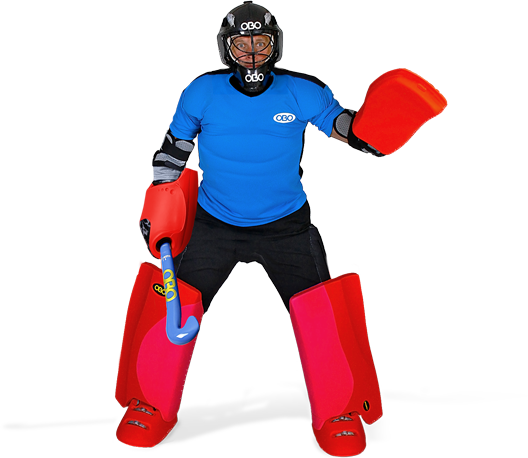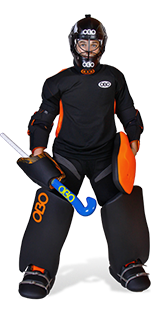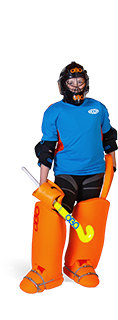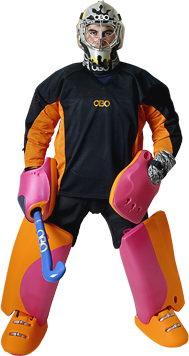KEEPERS RESOURCES

‘Tubigrips’
What with goalkeepers being amazing people, there are a few tricks used to match the way they play. Given that ‘going Dutch’ when playing on nasty surfaces and sliding around can give you the result of some dodgy turf burns, some keepers have attempted to find a suitable solution. This innovative method makes use of the support bandages used for sports injury rehab, which are readily available in pharmacies, to counter the effects of a dodgy pitch surface.
Whilst some ‘keepers wear elbow guards purely to prevent being ‘skinned’ when diving or sliding out along the pitch, the tubigrip allows the goalkeeper to cover the bare elbow skin without compromising movement; leaving the elbow with full freedom of movement for those dramatic reflex saves.
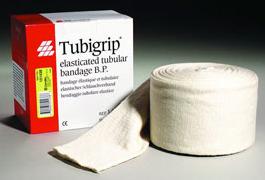
Where do I get them?
You can easily get tubigrips at pharmaceutical stores or chemist’s (like Boots over here in the UK), and general health shops. If you don’t want the hassle of popping down to the local chemist’s and prefer the Internet sales, as well as being able to get it delivered to your door, then you can shop online! Go onto Google or Ebay and simply search for ‘tubigrip’ or ‘tubular bandage’ from health store websites.
Cutting to size
The tubi-grip is supplied as one long length, which you will need to cut down to size. The grip itself needs to double back over itself to provide an extra layer (for greater coverage, and a thicker barrier, against the pitch) and maintain the elastic springiness that keeps it in place. 15 centimetres is a suitable length of ample coverage for the elbow, so you will want to cut the length to approximately 30 centimetres long for one elbow. Measure out the required length, and then evenly cut across the width to give yourself a new elbow cover. Material scissors work better, but any scissors should do.
Wearing them
When putting it on, the tubigrip easily slips onto the arm. Put the grip on as the full length, covering the elbow, and then fold it back on itself to double-up (with equal length covering before and after the elbow, for extra surface protection for the skin around the elbow). As mentioned, halving it, as suggested by the company information, gives a stronger ‘wrap’ around the arm, as well as providing an extra layer of protection for the skin.
How you play will often dictate how you use them:
-
A lot of keepers wear just one on their left arm, as they leave the glove arm unprotected for extra movement in directing and controlling the ball on a glove save; covering up the right with an elbow pad.
-
If you ‘go Dutch’, then you’ll want to cover up the right elbow, to slide on, as you haven’t got an elbow pad on to protect your skin from burns.
-
If you tend to slide on your left as well (especially when block sliding to the left), or are quite acrobatic and athletic; flinging yourself around to intercept or disrupt plays, then it is a good idea to cover up both elbows to protect them from turf burns.
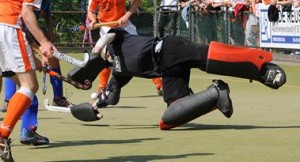
Putting them over elbow pads
A further optional use for tubigrips is to wear them over elbow pads; this way they act as a barrier between the pitch surface, to protect and prevent the elbow pad from wearing down so easily when sliding. If you wear sleeveless jerseys, then the padding is left uncovered and can get worn out when rubbing with the pitch. I have previously worn elbow guards, which easily get shredded and worn out when sliding around on a sand based pitch.
When sizing the tubigrip to match the elbow pad, you need to take into consideration its size (measuring the pad length, and then doubling that for the needed overlap of the second layer when folding). To match the width, check how flexible the grip is to make sure you can stretch it over the elbow pad.
When wearing the grip over the elbow pad; kit up normally, putting the elbow pad on, and then slide the grip over the elbow pad with the help of your free arm. You can then peel it off and remove it, after the game has ended.
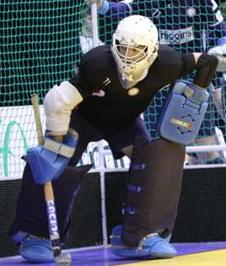
It is also possible to wear tubigrips over the arm pads (to cover pads if you wear a short sleeve smock); you will have to cut the grip longer to cover the arm pad (to reach the sleeve on the jersey).
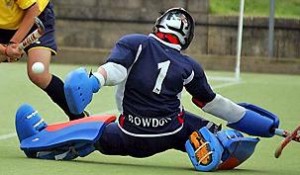
Looking after them
Remember to wash them afterwards to keep them nice and clean, as well as getting rid of dirt, bacteria and the like! Tubigrips cannot be machine washed because of the materials they are made of, which would get destroyed in the heat of a machine wash (like polyamide).
It is best to wash them by hand, as instructed by the details on the pack they come in. Fill a bucket with cold or luke warm water and washing powder (or the hand wash option on your washing machine, if you have it), and then soak and scrub them clean. Leave them out to dry to get rid of the sweat; you can use air freshener (like “Fabreeze”) for the smell!
Picture of the Old Loughtonians’ keeper (second photo, in TK kit) comes from Richard “the hockey nut”‘s website www.thehockeynut.co.uk
Comments
Leave Your Comments Below















